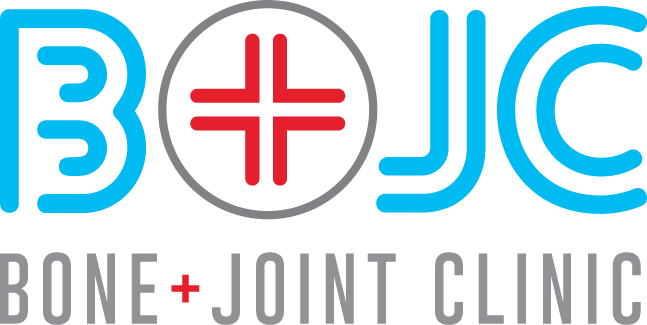What is a Uni Knee and Should I Have One?
When we talk about arthritis affecting the knee we commonly refer to three compartments. These are the inner (medial) compartment, the outer (lateral) compartment and the knee cap (patellofemoral) compartment. When two or more of the three compartments have worn out their cartilage to the level of the bone, a total joint replacement is generally offered. But when only one of the three compartments is worn it is possible to replace just that compartment.
The most common type of partial or unicompartmental knee replacement is the medial uni. While lateral and PFJ replacements are available they are less commonly done as this pattern of wear in isolation is quite rare.
In order for a medial uni to be considered, certain criteria must be met. These are:
bone on bone disease affecting only that compartment
an intact anterior cruciate ligament
less than 10 degrees of extension loss
greater than 90-100 degrees of flexion
If these criteria are met then you may be a candidate for a partial knee replacement. The question then is why would you choose this over a total knee replacement? The advantages of a uni include:
less bone is resected and less exposure is required so it is typically a less painful procedure with a faster recovery
because less bone is resected, a later knee revision (if required) is generally easier
because both the cruciate ligaments are preserved (one or both are resected during a total replacement) there is greater proprioceptive feedback to the brain and the knee feels more ‘normal’
because the cruciate ligaments are preserved the knee moves more normally (more kinematic knee)
The disadvantage of a partial knee replacement is that it has a higher revision rate. The revision rate is the chance that the knee will need to be redone within a certain period of time. Below are the revision rates for the knee replacement I use (NOTE – we only have 5 year date available for lateral partial and patellofemoral):
Total Knee Replacement: 10 year revision rate 3% (2% at 5 years)
Medial Partial Replacement: 10 year revision rate 9% (4% at 5 years)
Lateral Partial Replacement: 5 year revision rate 6%
Patellofemoral Replacement: 5 year revision rate 8%
As with any procedure its potential benefits must be weighed against the potential disadvantages. A unicompartmental knee replacement is a very good procedure in the correctly selected patient and provided the strict criteria are met has a greater than 90% chance of surviving for greater than 10 years.
If you would like to talk in more detail about knee replacement please contact us.
